The Role of Geomicrobiology in Bioremediation
Introduction
Geomicrobiology is an interdisciplinary field that combines the studies of microbiology, geology, and chemistry. It is concerned with the interaction of microorganisms with geological materials and processes. One of the significant applications of geomicrobiology is in the field of bioremediation, where microorganisms are used to clean up contaminated environments.
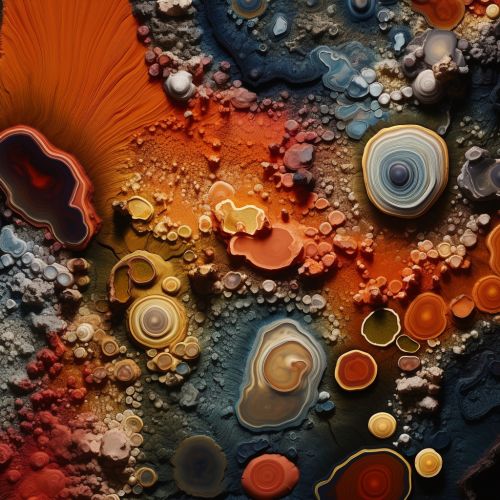
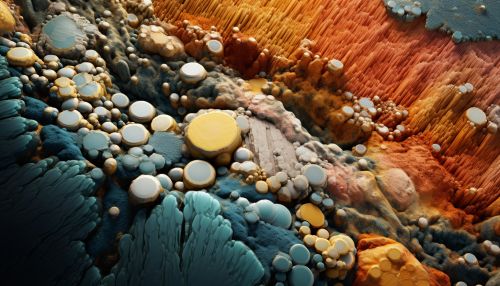
Geomicrobiology: An Overview
Geomicrobiology explores the role of microorganisms in geological transformations and processes. These microorganisms, which include bacteria, archaea, and fungi, can interact with minerals and rocks, influencing their formation, alteration, and destruction. This interaction can occur in various environments, from the Earth's surface to deep below the ground, and even in extreme conditions such as hydrothermal vents and radioactive waste sites.
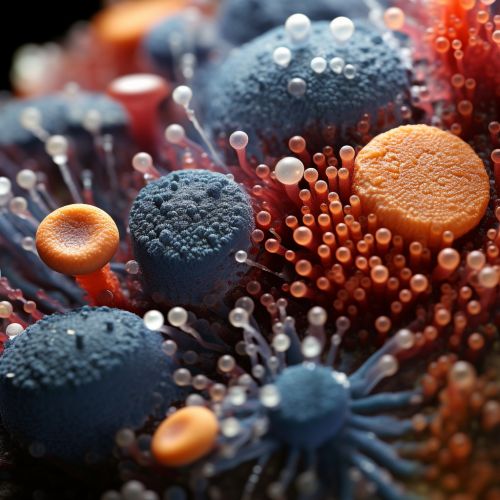
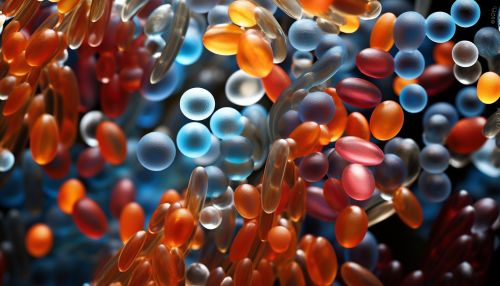
Bioremediation: An Overview
Bioremediation is a process that uses naturally occurring organisms to break down hazardous substances into less toxic or non-toxic substances. These organisms, primarily bacteria and fungi, can metabolize these substances, effectively removing or reducing environmental contamination. Bioremediation can be applied in various settings, including soil, groundwater, and surface water, to treat a wide range of contaminants, such as petroleum hydrocarbons, heavy metals, and radioactive waste.
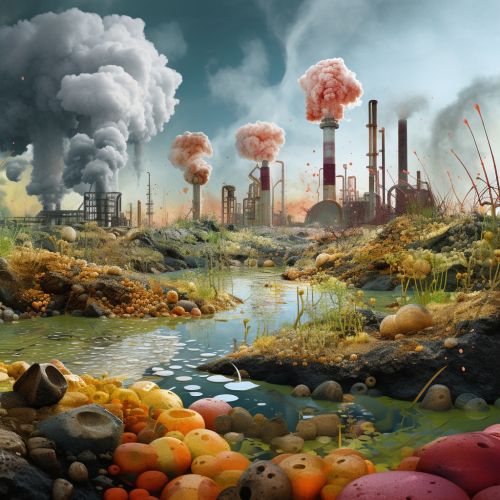

The Role of Geomicrobiology in Bioremediation
The intersection of geomicrobiology and bioremediation is a promising area of research and application. Geomicrobiological processes can be harnessed to enhance bioremediation strategies, leading to more effective and sustainable solutions for environmental contamination.
Microbial Degradation of Contaminants
One of the primary ways geomicrobiology contributes to bioremediation is through the microbial degradation of contaminants. Certain microorganisms have the ability to metabolize hazardous substances, transforming them into less harmful compounds. This process can occur through various mechanisms, including aerobic and anaerobic degradation, cometabolism, and biosorption.
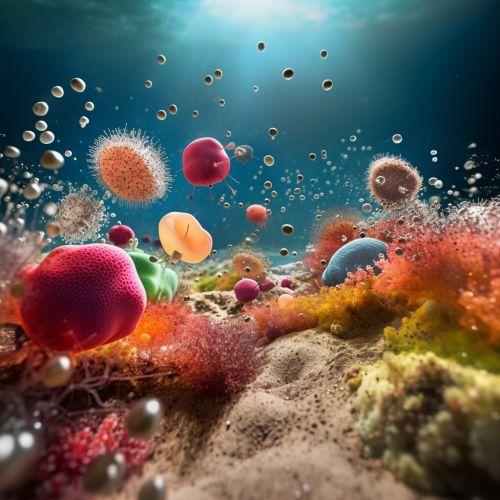
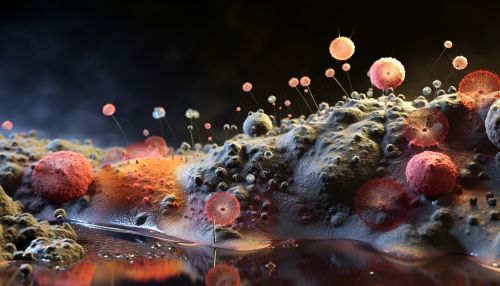
Microbial Mineral Transformation
Another significant aspect of geomicrobiology in bioremediation is microbial mineral transformation. Microorganisms can interact with minerals in the environment, leading to changes in the minerals' physical and chemical properties. These transformations can affect the mobility and bioavailability of contaminants, influencing the effectiveness of bioremediation efforts.


Bioaugmentation and Biostimulation
Geomicrobiology also plays a role in bioaugmentation and biostimulation, two common strategies in bioremediation. Bioaugmentation involves the addition of specific microorganisms to contaminated environments to enhance the degradation of contaminants. Biostimulation, on the other hand, involves the addition of nutrients or other amendments to stimulate the growth and activity of indigenous microorganisms. Geomicrobiological knowledge can guide the selection of appropriate microorganisms or amendments for these strategies.


Challenges and Future Directions
While the application of geomicrobiology in bioremediation holds great promise, it also presents several challenges. These include the complexity of microbial communities, the variability of geological materials, and the unpredictability of environmental conditions. Future research in this field will need to address these challenges to optimize the use of geomicrobiological processes in bioremediation.


